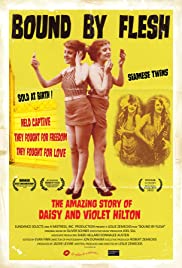
Conjoined twins Daisy and Violet Hilton were once the cream of the sideshow crop. Taught to sing and dance at an early age, the winsome duo ascended through the early 20th-century vaudeville circuit as a side attraction (working alongside Bob Hope and Charlie Chaplin as well as a memorable turn in the Tod Browning classic “Freaks”) before a cascade of unscrupulous management and harsh mistreatment brought their careers (and lives) tumbling down. This engrossing glimpse into a bygone era is filled with fascinating interviews and rare archival footage.
You May Also Like
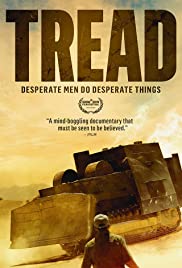
Pushed to his breaking point, a master welder in a small town at the foot of the Rocky Mountains quietly fortifies a bulldozer with 30 tons of concrete and steel and seeks to destroy those he believes have wronged him.

Kurdwin Ayub captures the intimacy of a trip she made with her father. Family visits alternate with real estate tours searching for an ideal apartment: her father’s will, as he’s planning to retire, is to find a place so he can finally return to that stateless territory he proudly calls “homeland”.
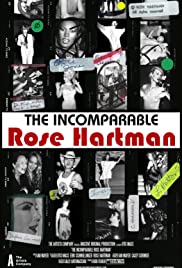
With a career spanning decades Photographer Rose Hartman is known for her iconic photos from Studio 54 and the fashion world, her boisterous personality, and ever presence capturing the New York social scene. The film follows Rose through her life of entrée as she put the lives of the glamorous and famous on film that serves as one of the few visual histories of NYC.

Built on archive footage – much of it previously unseen – this film reveals one of the most unexpected legacies of the First World War — popular participation in sports, once the realm of the elite. For four years, sport represented a welcome respite from the killing fields of Europe.

One Nation Under Trump is the first comprehensive feature documentary to delve into the zeitgeist of the unstoppable Donald Trump revolution, from the ground floor all the way to the pinnacle of the 2016 American political landscape.
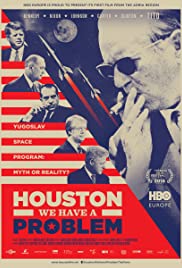
The cold war, the space race, and NASA’s moon landing are landmark events that defined an era. But they are also fodder for conspiracy theories.
In Houston, We Have a Problem! filmmaker Žiga Virc adds new material to the discussion on both fronts. This intriguing docu-fiction explores the myth of the secret multi-billion-dollar deal behind America’s purchase of Yugoslavia’s clandestine space program in the early 1960s.

An imaginary return of dictator Ceausescu after 20 years of capitalism in his country, Romania, where he finds a new society but also old habits in the country’s businessmen.

A documentary on the making of Frank Henenlotter’s Basket Case trilogy.
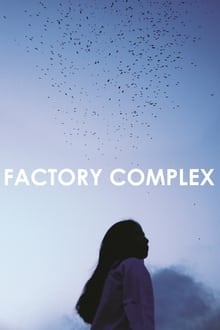
The drastic economic development in South Korea once surprised the rest of the world. However, behind of it was an oppression the marginalized female laborers had to endure. The film invites us to the lives of the working class women engaged in the textile industry of the 1960s, all the way through the stories of flight attendants, cashiers, and non-regular workers of today. As we encounter the vista of female factory workers in Cambodia that poignantly resembles the labor history of Korea, the form of labor changes its appearance but the essence of the bread-and-butter question remains still.
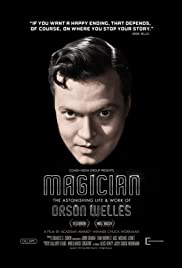
Combining extensive filmmaker interviews and rare archival footage, Chuck Workman’s documentary takes us through the life of one of cinema’s greatest masters: Orson Welles.

In a post-sexual revolution world, roughly one-third of all women have never experienced an orgasm. Armed with shocking sexual data, a bunch of insecurities and a determination to unlock the key to feminine sexual energy, filmmakers Catherine Oxenberg and Gabrielle Anwar seek out sexual experts, tantric masters, researchers, and everyday women to unearth feminism’s full potential.
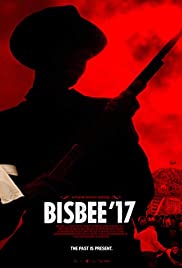
It’s 2017 in Bisbee, Arizona, an old copper-mining town just miles from the Mexican border. The town’s close-knit community prepares to commemorate the 100th anniversary of Bisbee’s darkest hour: the infamous Bisbee Deportation of 1917, during which 1,200 striking miners were violently taken from their homes, banished to the middle of the desert, and left to die. Townspeople confront this violent, misunderstood past by staging dramatic recreations of the escalating strike. These dramatized scenes are based on subjective versions of the story and “directed,” in a sense, by residents with conflicting views of the event. Deeply personal segments torn from family history build toward a massive restaging of the deportation itself on the exact day of its 100th anniversary.